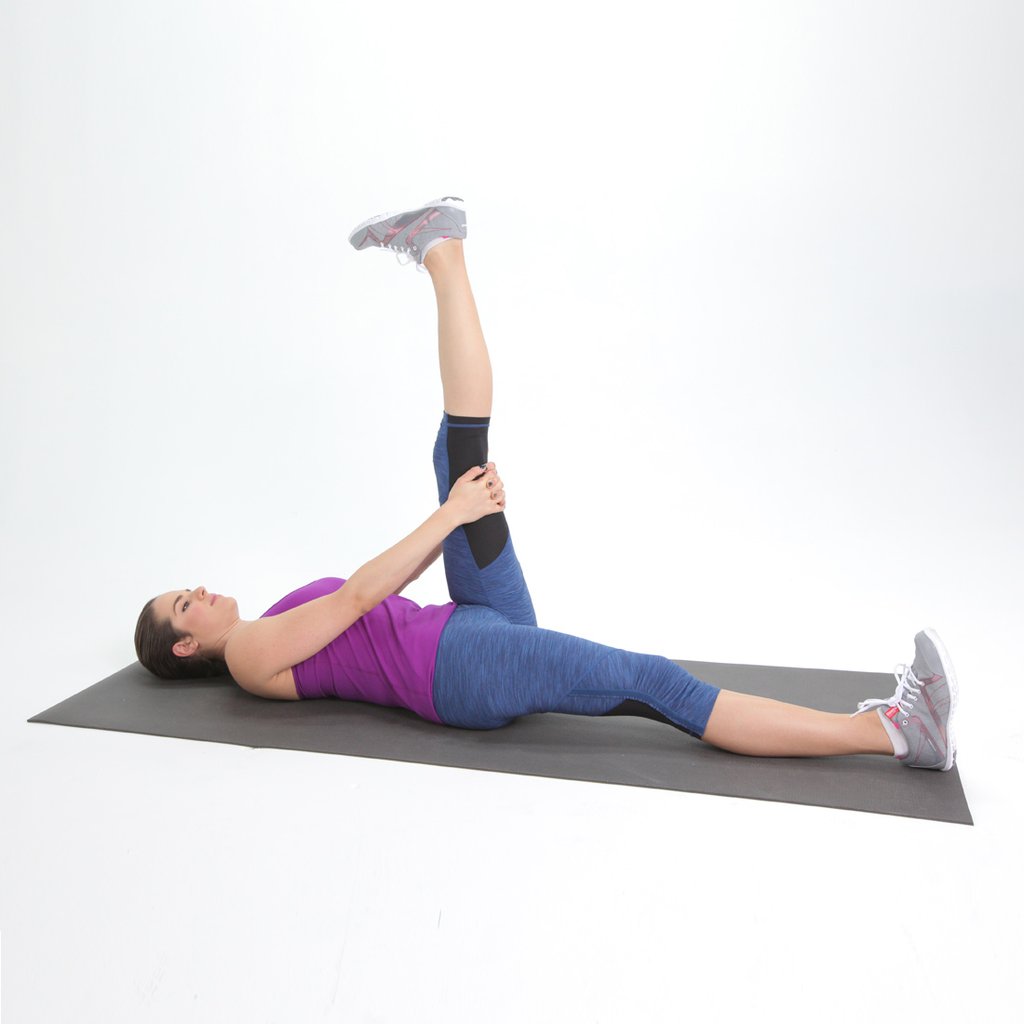Yoga, “that good stretch feeling,” and trigger points
Stretching can be a good daily ritual of relief. It changes a stiff body into something that has less pain and better mobility. So, I give it to my clients to manage their daily pain, which helps. Typically, it eases the activities of daily living. Yoga can be a great way to stretch. And, yoga produces that good stretch feeling.
That Feeling
Clients love “that good stretch feeling.” It really should be called, “that elicited referral pattern.” Well, if you were a trigger point geek, you’d call it that. Often, I ask my yoga friends about the sensation they get from a stretch. Usually, they describe the trigger point referral of the muscle they are stretching.
Trigger points limit stretch, weaken contraction and generate referral patterns. Latent and active trigger points don’t create those issues if we move gently and slowly. Instead of sudden pain and weakness, we gently stretch through the stiffness and get “that good stretch feeling.”
Hamstrings


There are stretching sensations that make sense. Let’s look at a reclined hamstring stretch. When stretching your outside hamstring, you feel tension along the outside of your thigh. Typically, it focuses behind your knee. You feel it in your outer hamstring. This muscle’s referral pattern largely overlaps the muscle itself. However, if you’re getting sensations at the top of your thigh or inside the knee, it’s the inside hamstring.
Something More Complicated
Then there’s the pigeon pose. Notably, you can get a variety of sensations, depending on which trigger points are latent or active. In this yoga pose, let’s examine which trigger points might produce stiffness, pain, or “that good stretch feeling.”
Mid-Back Pain
You’ve stretched open your abdomen. But you don’t feel much of a sensation there. What you might feel is the referral from rectus abdominous. It creates a band of tension across the back. Trigger points in the upper rectus abdominous generate a band of tension across the lower ribs in the mid-back. Trigger points near the pubic bone generate a band of pain across the low back. Many people get this band of tension in the morning when they stretch open their abdomen after being curled up during sleep.
Hip Pain
There’s a good stretch in the hip on the front leg. You can feel that in the hip. It feels like it is pulling at the sacrum or the top of the femur. Pigeon pose elicits this stretch feeling from piriformis. It goes into the hip and down the hamstring. That tingly sensation in the bottom of the foot comes from the piriformis too.
Knee Pain
Often, there is pain in the front of the knee. The location tells a lot about the muscle. The most common spot is in the center of the kneecap, with tension extending into the quad. This is the pattern of rectus femoris. It is a trigger point just below the insertion on the lip of the acetabulum. Pain in the knee is always concerning, so stretch the quads and hip flexors before pigeon to reduce this discomfort.
Thigh and Lumbar Pain
Maybe there’s a painful stretch along the front of the leg that is behind you. The vasti muscles are not stretched; the knee is straight in this pose. That sensation comes from the lower trigger point of the iliopsoas, in the back of the pelvis. People try to get relief by taking their knee out to relieve tension from the psoas.
One Side of the Low Back
Is there tightness on one side of your low back? This yoga pose produces this stretch feeling from the upper trigger point of the iliopsoas. Often, one side of the low back is flatter than the other.
Lumbar Compression
Is there sharp pain across the top of your sacrum? That’s not a trigger point referral. You’re putting too much compression on L5/S1 because of your tight psoas.
This is not a good stretch feeling in yoga. Lighten up on that stretch. Get some bodywork for your psoas.
Where the Pain is, It isn’t
Paying closer attention to the areas of sensation can help you understand which section of muscle is having trouble stretching. That information can lead you to better sequencing and more effective stretch routines. Stretching lengthens the taut band that contains the trigger point so that it doesn’t bother you when you move. If you don’t stretch, it reveals itself in the stiffness at the beginning of movements.
When properly used, approaches like yoga and Active Isolated Stretching mobilize joints so that there is longer-lasting relief. Bodywork, especially therapies that mobilize the joints around the cranium, spine, and pelvis, change proprioceptive input, making the entire system rebalance and self-correct.
Support Integrative Works to
stay independent
and produce great content.
You can subscribe to our community on Patreon. You will get links to free content and access to exclusive content not seen on this site. In addition, we will be posting anatomy illustrations, treatment notes, and sections from our manuals not found on this site. Thank you so much for being so supportive.
Cranio Cradle Cup
This mug has classic, colorful illustrations of the craniosacral system and vault hold #3. It makes a great gift and conversation piece.
Tony Preston has a practice in Atlanta, Georgia, where he sees clients. He has written materials and instructed classes since the mid-90s. This includes anatomy, trigger points, cranial, and neuromuscular.
Question? Comment? Typo?
integrativeworks@gmail.com
Follow us on Instagram
*This site is undergoing significant changes. We are reformatting and expanding the posts to make them easier to read. The result will also be more accessible and include more patterns with better self-care. Meanwhile, there may be formatting, content presentation, and readability inconsistencies. Until we get older posts updated, please excuse our mess.